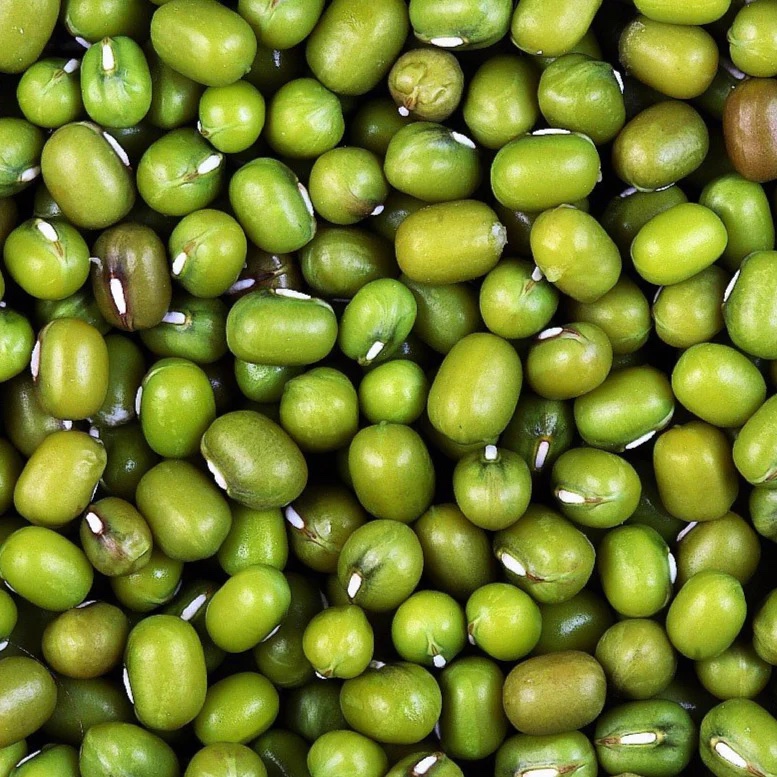Mung Bean: Your Essential Plant-Based Protein
These small legumes remain a staple in Oriental cuisine for centuries, admired not only for their delicious taste but also for their remarkable nutritional profile. These green legumes are packed with plant-based protein, making them an ideal choice for anyone looking to enhance their diet with wholesome, eco-friendly options. As mung bean supplier towards vegan eating, mung beans are becoming as a prime choice for those looking for high-quality protein sources.
The nutritional advantages of mung beans go much beyond their protein content. Full in vitamins, minerals, and antioxidants, these legumes support various aspects of health, including digestion, heart health, and weight management. Whether enjoyed in soups, salads, or smoothies, mung beans offer variety in the kitchen while assisting you achieve maximum wellness. With an increased demand for mung beans, the growth of mung bean factories signifies their increasing importance in contemporary diets and the food industry.
Mung Beans Health Benefits

These legumes are a rich source of nutrition, loaded with essential nutrients and minerals. They are an superb source of plant-based protein, making them a fantastic addition to plant-based diets. Mung beans contain high levels of proteins, dietary fiber, and several key vitamins, including folic acid, magnesium, and B1 vitamins and B6 vitamins. The availability of these vitamins not only promotes overall health but also assists in muscle recovery and growth.
One of the major health benefits of mung beans is their ability to aid digestion. Rich in dietary fiber, they promote healthy gut function and regular bowel movements. This fiber content helps prevent constipation and can assist to a healthy digestive system. Moreover, mung beans have been proven to possess prebiotic qualities, which can enhance the growth of beneficial microbes in the gut, further promoting digestive health.
In addition supporting digestion, mung beans may help in regulating blood sugar levels. Their low glycemic index means that they are digested slowly, resulting in a gradual release of glucose into the bloodstream. This quality makes mung beans an ideal choice for those managing diabetes or individuals looking to maintain consistent energy levels throughout the day. Adding mung beans in your diet can help lower insulin spikes and promote overall metabolic health.
Mung Bean Cultivation Procedure
Mung beans are grown in a range of environments, and the growing process begins with choosing high-quality seeds. Growers usually select seeds that are known for their resilience and productivity. The soil is then prepared, often through plowing and mixing in natural materials to enhance fertility. Ensuring proper soil conditions is crucial for sprouting and development, as mung beans prefer drainage-friendly soil with good water retention.
Once the soil is ready, the seeds are planted either by manually or using advanced planting equipment in rows. Germination occurs within a number of days, and the plants require consistent moisture and sunlight for maximum growth. During this time, farmers may employ eco-friendly practices such as crop rotation and pest management to maintain soil health and control any potential threats to the crop. Fertilization is also carefully managed to promote strong growth.
As the mung beans ripen, they are meticulously harvested, often with specific machinery in larger operations. The beans are then dried and cleaned to remove any impurities. After this, they are sorted by size and quality before being packaged for delivery. Mung bean processing plants play a crucial role in manufacturing these beans for multiple end products, from intact beans to flour, ensuring they reach consumers in best condition.
Sustainable Practices of Farming Mung Beans
Farming mung beans is increasingly recognized for the benefits of sustainability, making it an outstanding choice for sustainability-minded consumers and farmers too. This crop requires significantly less irrigation than many traditional grains, which is essential in regions facing water scarcity. Additionally, mung beans have a fast growth cycle, allowing farmers to produce multiple harvests in a single agricultural season, maximizing the efficiency of land use without overusing resources.
An additional crucial factor of mung bean cultivation is its ability to enhance soil health. Mung beans are capable of fixing nitrogen crops, meaning they can enrich naturally the soil by converting atmospheric nitrogen into a form usable by other plants. This decreases the reliance on synthetic fertilizers, which can be detrimental to the environment. By intercropping mung beans with other crops, farmers can enhance biodiversity and encourage sustainable agricultural practices.
Furthermore, the reduced environmental impact of farming mung beans is reflected in its relatively small environmental footprint. With the rise of mung bean factories that emphasize eco-friendly sourcing, the production process is becoming more efficient and eco-friendly. Buyers can feel confident that choosing mung beans not only promotes their health but also aligns with more sustainable farming practices that benefit the planet.